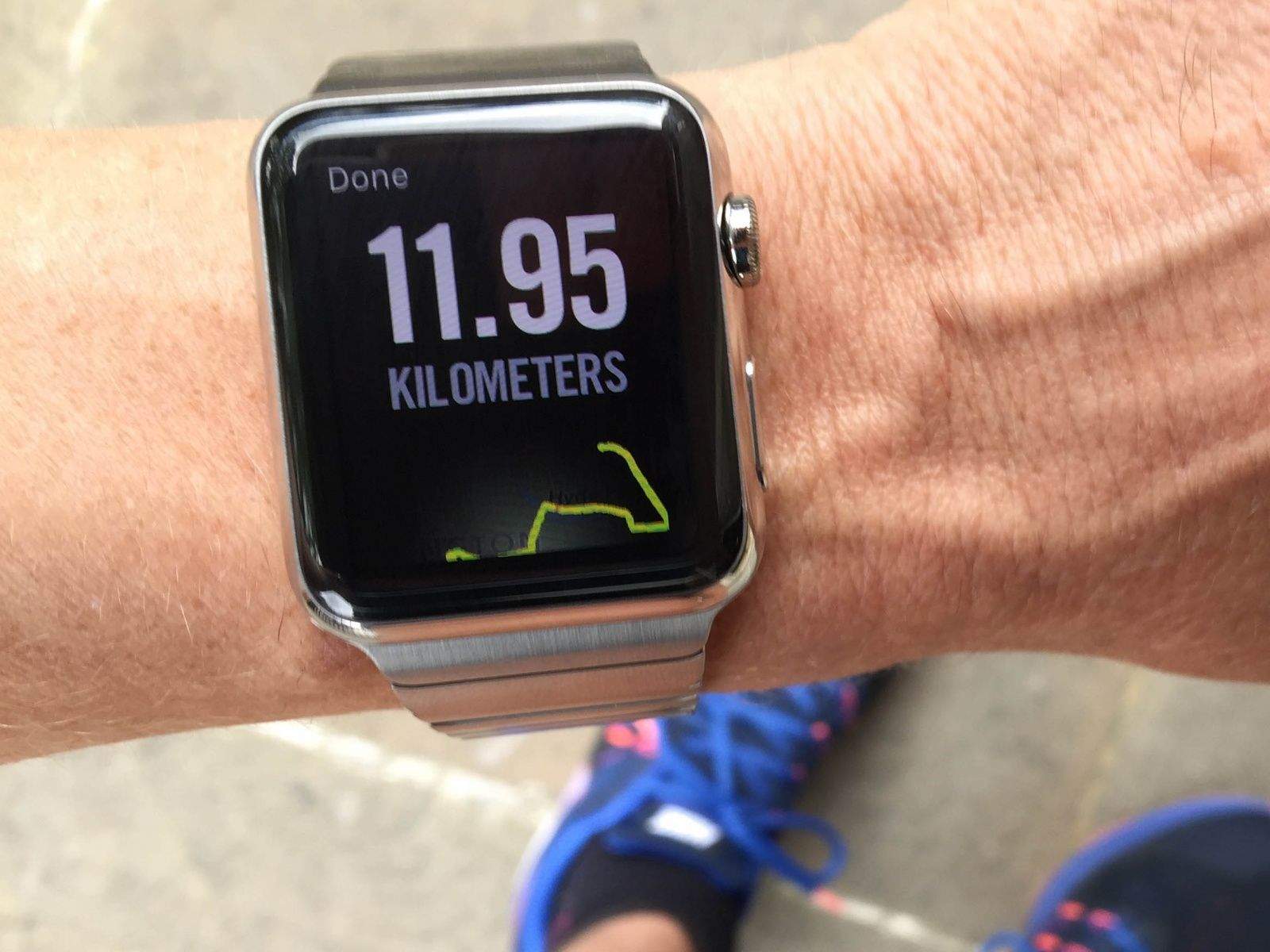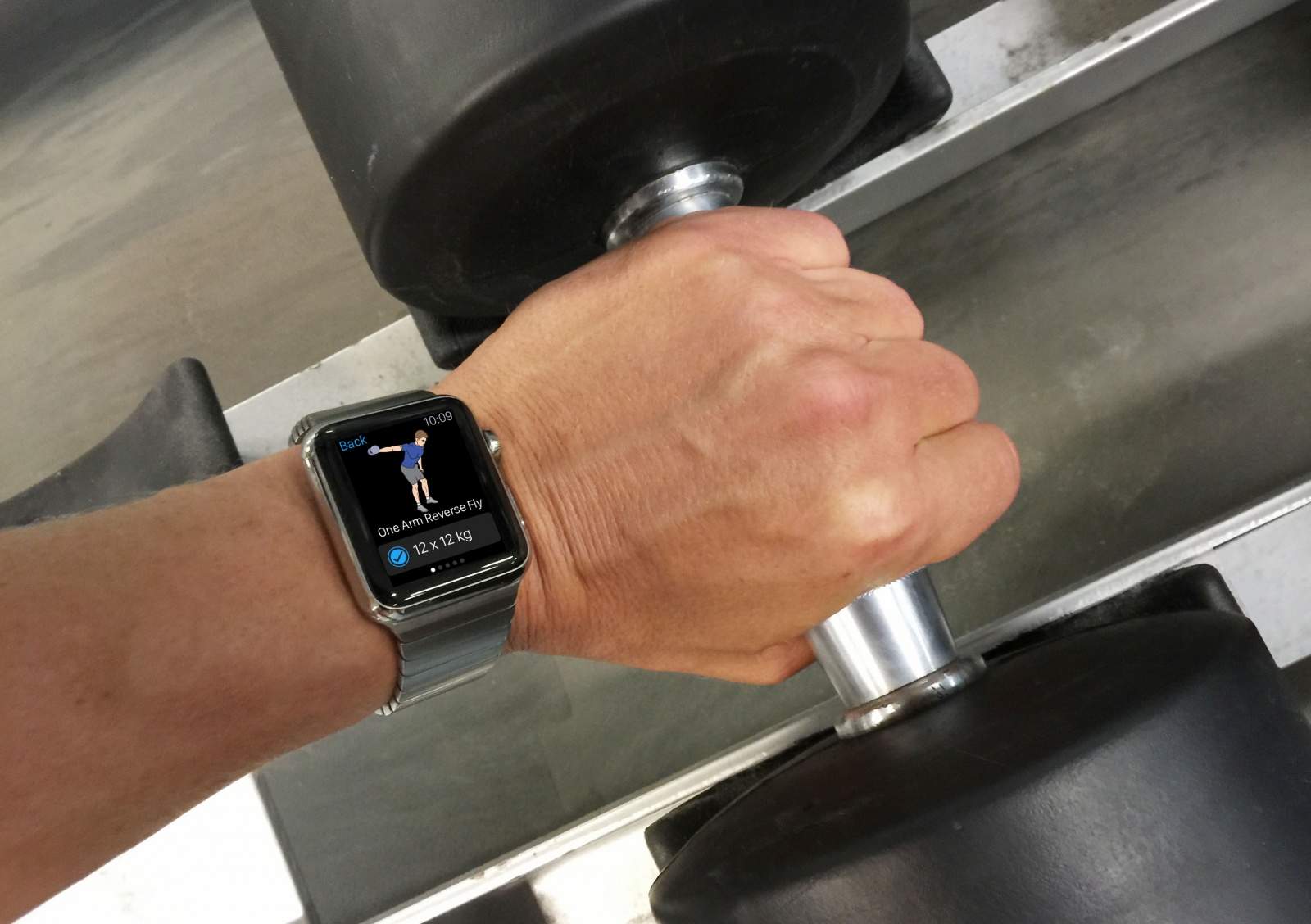If you compare the Apple Watch to dedicated fitness tracking devices, it comes up short, and the forthcoming watchOS 2 will do little to address these limitations. Instead, with this update Apple is focusing on helping improve third-party fitness apps.
That’s because Apple sees its wearable as the main component of a fitness platform, with the Activity app as hub. While the built-in Workout app is mostly for beginners, third-party apps will provide the missing features for hardcore users.
watchOS 2 focuses on third-party support
With the release of watchOS 2 this fall, Apple introduces a new Workout API that allows a third-party app to log your active workout session – meaning it is always the first app that appears during your workout, it can monitor your heart rate, there is no lag as you wait for your stats to update, and the calories you burn are added to the Move ring totals in Apple’s Activity app.
Third-party fitness apps will finally become fully fledged Watch apps that can match and even exceed the functionality of Apple’s built-in software.
Apple has clearly put a lot of work into helping third parties to improve their fitness apps. But since Apple’s own built-in Workout app is so limited, (lacking even basic features like GPS mapping), shouldn’t they be concentrating on improving that instead?
The big plan: An Apple fitness platform

Photo: Graham Bower/Cult of Mac
Having read Apple fitness guru Jay Blahnik’s recent interview in Outside magazine, it’s clear this is all part of a bigger plan of building a vital fitness platform.
Blahnik explains what he loves about Apple is that “everything we do is a platform.” In this sense, Apple is quite unlike Nike, Blahnik’s previous employer.
While Nike’s FuelBand was tightly integrated, with one company controlling the hardware, software and cloud services, Apple Watch is very different. Like the iPhone, Apple Watch is a platform. Apple controls the hardware, but encourages third parties to provide the apps that make it indispensable.
Content is king
There are important reasons for pursuing this platform strategy.
For one, fitness tracking gets pretty complicated once you go beyond cardio workouts like running and cycling. Accelerometers can be used to detect what weightlifting exercise you are performing (and Vimofit for Android Wear is already doing just that). But, as Blahnik observed, “There’s no sensor that measures the load in your hand.”
This lack of sensors, however, is not the only issue.
The real complexity arises from the fact that while most users know how to run and ride a bike, other kinds of exercise require instruction and coaching. For example, there are thousands of different weightlifting exercises you could do at the gym, but most users don’t know what these are or how to perform them correctly.
Solving this problem requires content. And lots of it.
To get fitness right, Apple would have to create a huge archive of video, text and image content. Not just for weightlifting, but for all the fitness activities and sports likely to interest users. Apple would also need to devise ways to track all the unique metrics specific to those activities.
Diet tracking is another important aspect of fitness that requires a lot of content, like the database of millions of supermarket barcodes that MyFitnessPal has amassed over the years. Producing something on this scale is a huge and costly undertaking.
Communities are also a crucial area currently lacking in the built-in Apple fitness offering. Apps like Endomondo and Strava excel at this, and it’s questionable whether Apple could catch up with them, especially considering Cupertino does not have a great track record building communities. (Remember iTunes Ping?)
It makes pragmatic sense then, at least for now, to stick to a basic Workout app targeting beginners, while allowing third-party apps to plug the gaps for hardcore users. Blahnik mentions the example of Strava as an app that advanced cyclists might prefer to use instead of Apple’s built-in Workout app.

Photo: Graham Bower/Cult of Mac
Activity app as Apple fitness hub
The risk for Apple in promoting third-party apps is that users become loyal to them rather than to Apple. For example, Nike and Apple might be friends right now, but what if Nike later does an exclusive deal with Samsung and tries to take a lot of Apple’s customers along for the ride?
This is why the Activity app is such an important part of Apple’s plan. It is a strategic asset that Apple prizes far more than its Workout app. While Apple is happy for third-party apps to compete with the Workout app, the Activity app is integral to the Watch platform. By enabling third parties to feed their workout data into the Move and Exercise rings, Apple ensures that it owns the user’s fitness experience, regardless of which app is doing the logging.
If you ever decided to trade in your Apple Watch for a Samsung Gear (oh, the horror!), you’d likely lose all your Activity data.
Apple is clearly hoping you’d miss those brightly colored rings.
Lessons learned from Mapgate
Adopting this approach to fitness shows that Apple learned an important lesson from the wobbly Apple Maps launch a few years ago. With the launch of iOS 6, Apple removed the iPhone’s built-in Google Maps app and replaced it with a homebrew offering. And we all know how that turned out.
Apple’s first stab at mapping was vastly inferior to Google Maps, and users protested vocally. Apple was forced to quickly apologize and, in an abrupt about-face, began promoting third-party alternatives to Apple Maps in the App Store. Cupertino must have been mightily relieved when Google launched its own Google Maps app for iOS. Millions of users downloaded the new Google app, and eventually the fuss blew over.
I suspect the painful lessons Apple learned from Mapgate led the company to tread cautiously with fitness and embrace third-party apps. Apple knows its fitness software is not ready to stand alone and thus it needs the support of the likes of Nike, Under Armour and Strava.
But as Outside notes, Jay Blahnik is not one to stand still for long. Nor is Apple.
After its shaky start, Apple Maps improved rapidly, eventually becoming the No. 1 iOS mapping app. Apple might be focusing on third-party fitness apps right now, but that does not mean the company has forgotten about its own Workout app.
Third-party fitness developers should enjoy the love while it lasts. The race is just getting started.


